The president of the Canary Islands has appealed for urgent help from the Spanish government and the EU after around 2,200 migrants arrived on the archipelago over the weekend, putting further strain on its already massively overstretched reception resources.
Ángel Víctor Torres said the Canaries’ existing infrastructure simply could not cope with the number of people arriving as the dangerous Atlantic route from Africa to Europe attracts more refugees and migrants.
“It’s not hard to sum up,” Torres said this week. “The flow of arrivals still greatly exceeds the reception capacity. They’re absorbed, they’re distributed and they’re relocated, but the flow of arrivals is still much higher than the reception response.”
The regional president pointed out that 2,188 people had reached the islands over the weekend and that they were being housed in makeshift camps on the docks at Arguineguín on Gran Canaria.
According to the International Organisation for Migration, more than 11,000 people have arrived in the Canaries by sea so far this year – half of them in October alone – while 414 are feared to have died in the attempt.
Last year, 2,557 migrants arrived in the archipelago, up from 1,307 in 2018. This year’s figures, however, are well down on 2006, when 32,000 people arrived in the Canaries by sea.
Spain’s interior minister, Fernando Grande-Marlaska, and the EU’s commissioner for home affairs, Ylva Johansson, visited the islands last week.
At a press conference on Friday, Johansson paid tribute to the “tremendous efforts” of both the central and regional governments in managing the situation in such difficult times.
But Torres asked for help that went beyond words, saying: “We’re not in a planning phase, we’re in a reaction phase.”
He said the Covid-19 pandemic was making things ever harder, called for urgent action to dismantle the Arguineguín camp and appealed for the EU to make good on the “shared European commitment” to managing migration.
Spain’s interior ministry, meanwhile, has been criticised for refusing to allow journalists to document the plight of those stuck on the Arguineguín docks.
Judith Sunderland, Human Rights Watch’s acting deputy director for Europe and Central Asia, visited the Canaries over the weekend and tweeted a picture of the camp.
“When I visited the pier in Arguineguín, Gran Canaria, on Saturday there were 835 people in tents after being rescued at sea, some for many days, in crowded, poor conditions,” she wrote.
“There are now over 2,000 people. I cannot imagine. And we can’t see, because photographers are not allowed.”
The UN refugee agency, UNHCR, says the Atlantic route is seeing a resurgence in popularity because of enduring conflicts, land border closures due to coronavirus and increased controls in some north African countries.
María Jesús Vega, a spokeswoman for UNHCR Spain, told the Guardian at the end of October that the agency was currently seeing “mixed flows”, with more refugees braving the Atlantic route along with migrants.
At least 140 people died last month after a boat carrying 200 people caught fire and capsized off the coast of Senegal in the deadliest shipwreck recorded so far this year.
Vega said that while the number of arrivals, compounded by the pandemic, was putting the Canaries’ reception infrastructure under huge strain, “a good, coordinated response” was required from the local, regional and central governments. She said interpreters and legal advisers needed to be on hand to identify, help and protect people who may be entitled to asylum and who could be at risk if returned.

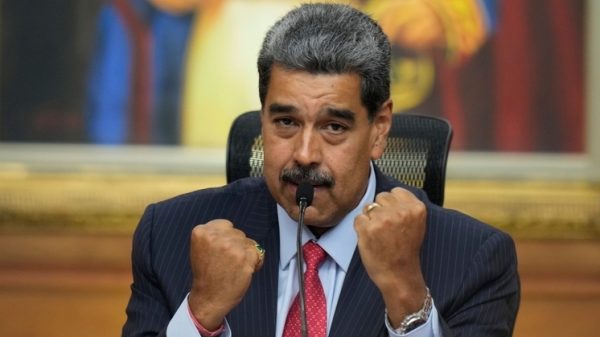

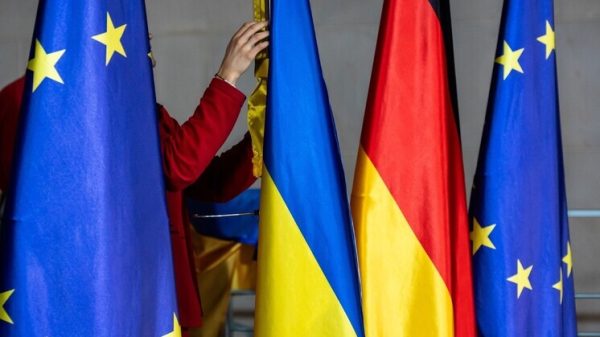
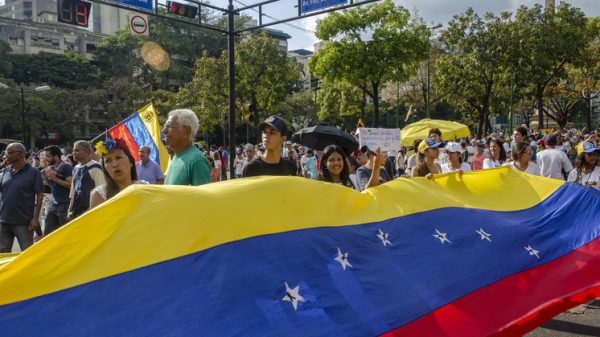


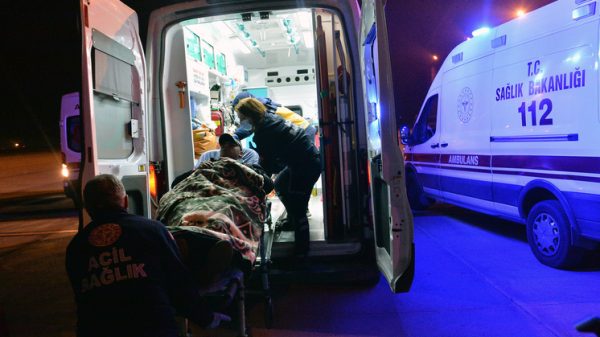


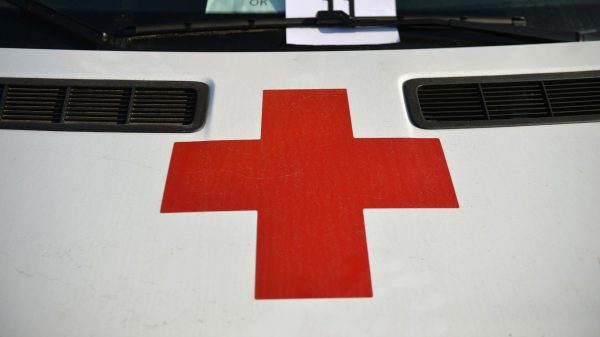

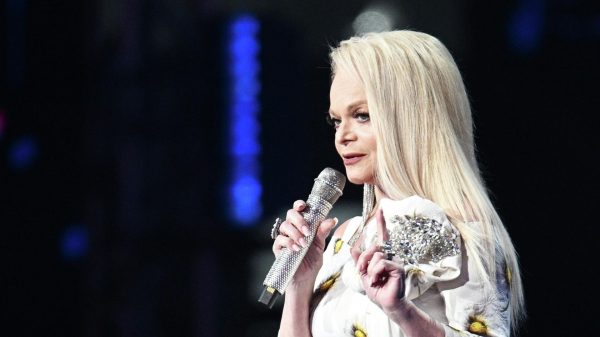




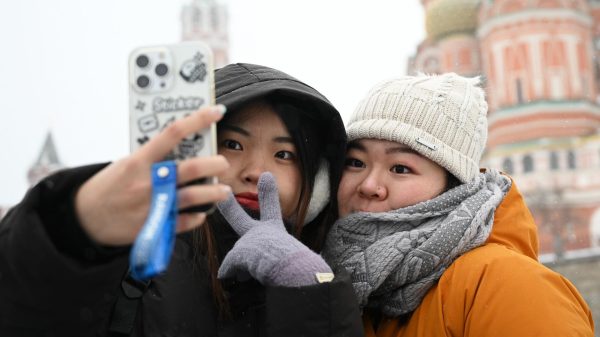
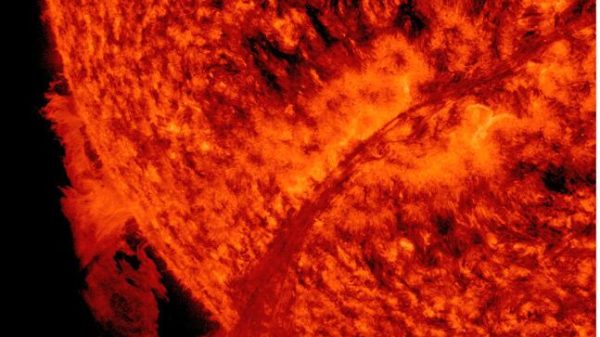

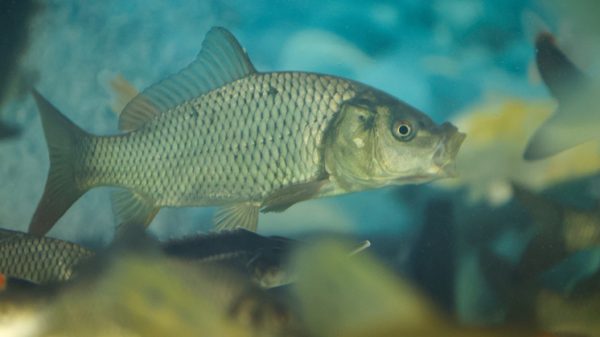



































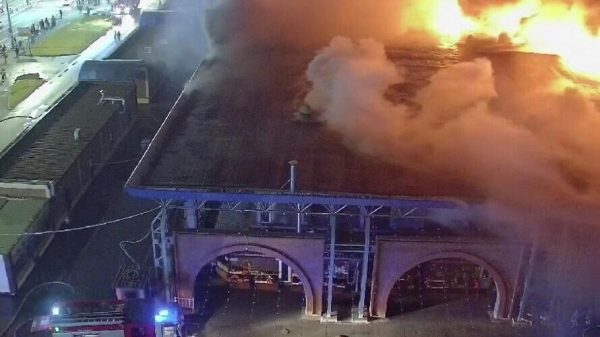
Свежие комментарии